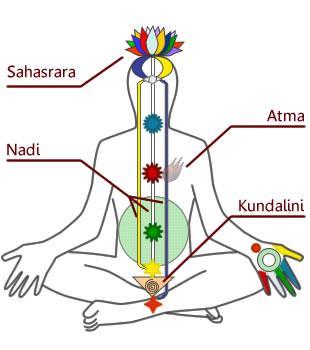Kundalini
Gematria Values
Kundalini (Sanskrit: कुण्डलिनी, romanized: kuṇḍalinī, Hebrew: קונדליני) is a concept originating from Hindu philosophy, particularly within the context of yoga, tantra, and kundalini yoga. It refers to a spiritual energy or life force located at the base of the spine, depicted as a coiled serpent. The term "Kundalini" is derived from the Sanskrit word "kundala," meaning "coiled" or "circular." When activated, often through specific yogic practices, this energy is believed to ascend through the chakras, leading to heightened states of awareness, spiritual awakening, and ultimately, enlightenment. In other languages, Kundalini is known as "Kundalini" in Spanish, "Kundalini" in French, and "Kundalini" in German. The awakening of Kundalini is considered a profound and transformative experience, often accompanied by various physical, emotional, and psychological effects. It is essential to approach Kundalini practices with guidance from experienced teachers to ensure safety and proper understanding.
Wikipedia Information
